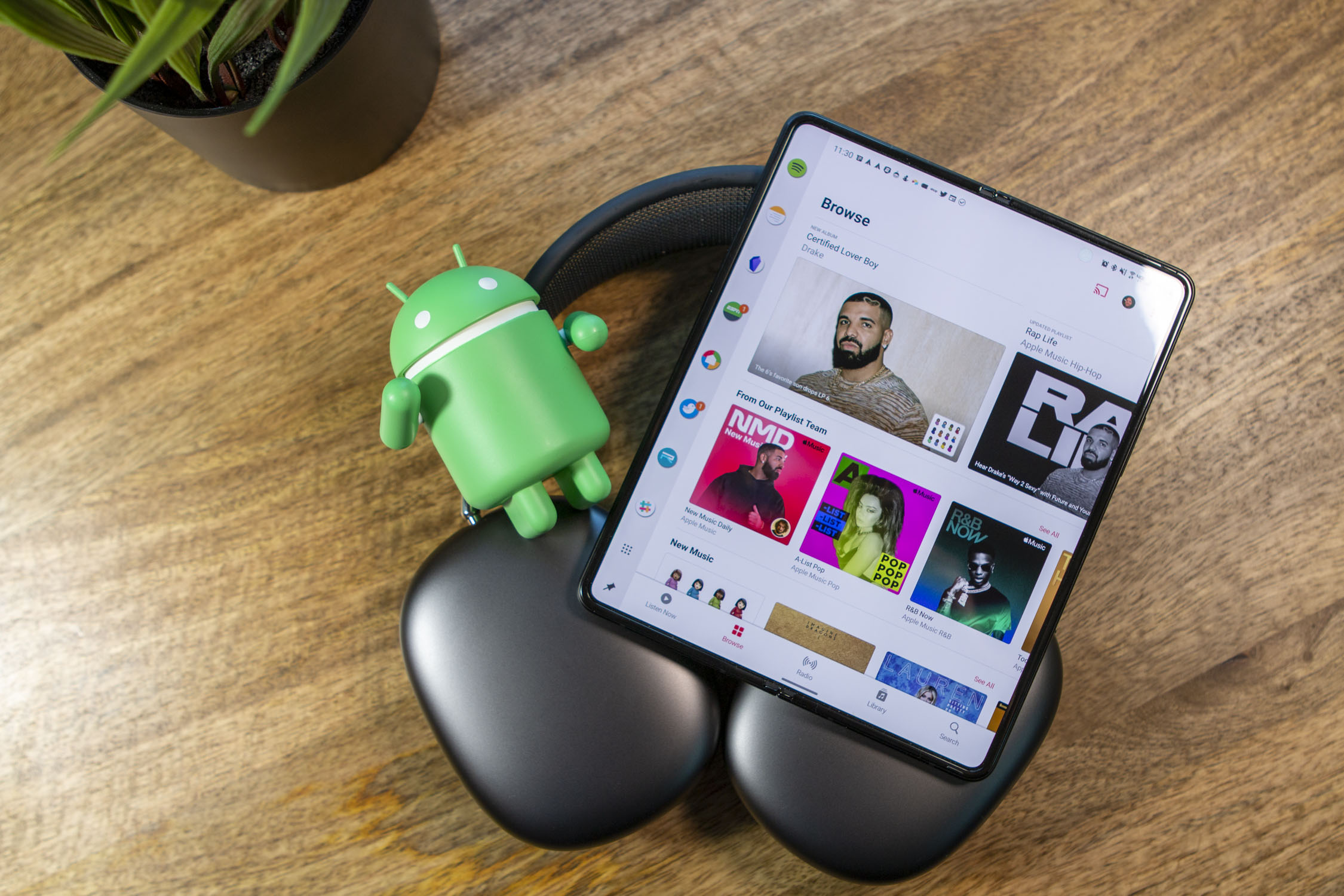The Android platform versions distributions chart is always an interesting update to take a look at. For the two weeks ending on January 3rd, 2012, Gingerbread found itself sitting at 55% of the share with Froyo at 30%. Last month, Gingerbread had 50.6% and Froyo had 35.3%. There’s a direct correlation here but we’re not sure if it’s due to Froyo phones being upgraded or Gingerbread phones being rapidly activated over the holiday season. (Google mentioned that 3.7 million devices alone were added on Christmas.)
Of course, tons of Kindle Fire devices were sold but they’re not figured into the numbers here as Google only counts phones that have accessed the Android market within the two week time frame. Honeycomb accounted for 3.3%, a notable jump from the 2.3% it had before but still not nearly as significant. Tablet adoption has been staggering but with so many Android phones out there Honeycomb’s existence will seem minimal.
The big one we were looking for is Android 4.0, though, and it definitely makes a small blip on the radar. Ice Cream Sandwich devices (the Galaxy Nexus and Nexus S, at the moment) all accounted for .6% of the share. We figured this number to be higher considering Google recently updated the Nexus S and assumed it did a lot better in the market over the past year than the Galaxy Nexus, which has only had about a month and a half in the market.
We expect this number to slowly climb over the next few months but we won’t see any significant jumps until OEMs begin updating their Gingerbread devices and until new devices come with Ice Cream Sandwich preinstalled. Oh, and if you were wondering, Eclair is still kicking with 8.5% of the share, down from 9.6% last month. Take a look at the full chart at the Android Developers site.









I…AM…the point six percent! (My Nexus S is running wonderfully on ICS.)
With ya there bro.
Galaxy Nexus And Nexus S running 4.0.3.
Laughing at GS2 owners daily
Galaxy Nexus, Nexus S, and Vibrant.
My rooted my friend’s GS2 so that he could install CM9 when it comes out.
I really wish they would just list the first digit after the OS level, 2.3.3 compared to 2.3 doesn’t mean anything to me, especially since my phone is on 2.3.6. It all should be just 2.3, Gingerbread, and the rest to follow. Less clutter and less people claiming fragmentation when it’s lumped by major OS changes instead of bug fixes and patches.
The reason why it has 2.3 and 2.3.3 API level used by developers. That means there are changes in the APIs…
http://developer.android.com/sdk/android-2.3.3.html
grouped by API-level
Yes, but using logic like that messes with the “fragmentation” argument they need to make.
Now that Apple has the 3GS for so cheap on contract, the ios users above 50 seem to be sky-rocketing. Most of the family and friends I have been running into in this category don’t even know what itunes is, let alone how to update their phone. I would like to see some updated and “accurate” statistics on the current deployment of ios versions.
Even though I have a Galaxy Nexus, my Droid 1 is still functioning at home in airplane/wifi mode. It still accesses the market and contributes to these numbers, as I imagine thousands of others’ “secondary” Android devices are.
Also I see a lot of people on the train with a Galaxy S still running FroYo, they aren’t even aware that they can upgrade to Gingerbread, Samsung’s reliance on Kies for updates really smacks of iTunes… Sammy needs to get with the times and allow updates OTA.
Android will always remain ‘fragmented’ for the tech media. The reason a lot of Galaxy S owners are on FroYo(as mentioned by one of the posters) is that they really don’t care.
Good news for developers is that 1.5 and 1.6 can be safely ignored. Also one thing that has escaped attention is that Honeycomb(Android tablets) is showing some steam with a 0.9% jump in a month.
I’ll wager a ton of those 2.1 and 2.2 users are my fellow Galaxy S-variant Americans. We are not amused. (OK, most of us don’t even know what the words on this page mean, but those that do know are not amused.)